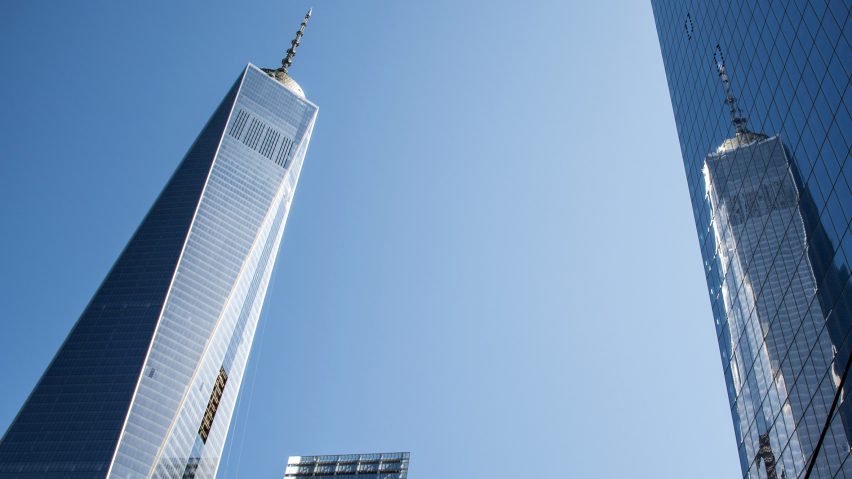
New York City introduces bill to make glass buildings more bird-friendly
New York has passed a bill that updates the city's building code with requirements to make new glass structures safer for migratory birds.
New York City Council's bill requires the surface of new glass buildings rising 75 feet (23 metres) or more – approximately seven storeys – to be patterned to make them more visible to birds.
The legislation, which was passed in a 41-3 vote last week and is set to take effect in December 2020, is intended to reduce the number of migratory birds that die from flying into glass structures.
New York's chapter of the American Institute of Architects, the American Bird Conservancy, and New York City Audubon – which protects birds in the five boroughs – all supported the legislation, as reported by CityLab. The bill was initially proposed by Brooklyn council member Rafael Espinal.
Bill recommends fritted glass as more bird-friendly
The bill includes a set of bird-friendly design and construction guidelines that advise the use of fritted glass – which features ceramic lines or dotted marks on the surface. This adaptation would reduce the transparency of clear glass buildings, making them more visible to birds.
Existing glazed towers are not affected by the new mandate but any renovations are required to comply. New structures built on top of a green roof, no matter the height, must meet new requirements.
The legislation follows a growing concern for the safety of migratory birds in the US. The American Bird Conservancy estimated in a study that 600 million birds die each year in North America from crashing into glass walls, while New York City Audubon society found that over 90,000 birds collide with buildings every year in the city.
Earlier this year, reports revealed that the US skyscrapers kill millions of birds a year. In the study, dense metropolitan areas like New York City and Chicago were cited as among the most deadly because they form part of a major migratory pathway.
High-rises glass skyscrapers are a particular problem because they interrupt flight patterns and birds often get confused by reflections in the glass and artificial lighting.
North American cities address bird deaths caused by built environment
Window collisions were also cited as one of the main causes of a 29-per-cent decline in bird populations in North America, in a study called Decline of the North American Avifauna, along with climate change and loss of natural habitats and prey.
A number of cities in North America have introduced guidelines to make the built environment more bird-friendly in response.
San Francisco became the first major city in the US to adopt standards for bird-safe buildings in 2011, although these were only voluntary. The state of Minnesota and smaller California cities have also developed similar ordinances.
Toronto also released a guide with "best practices for bird-friendly glass", published in 2007. This work has been copied by several cities in North America.
Image is courtesy of Shutterstock.